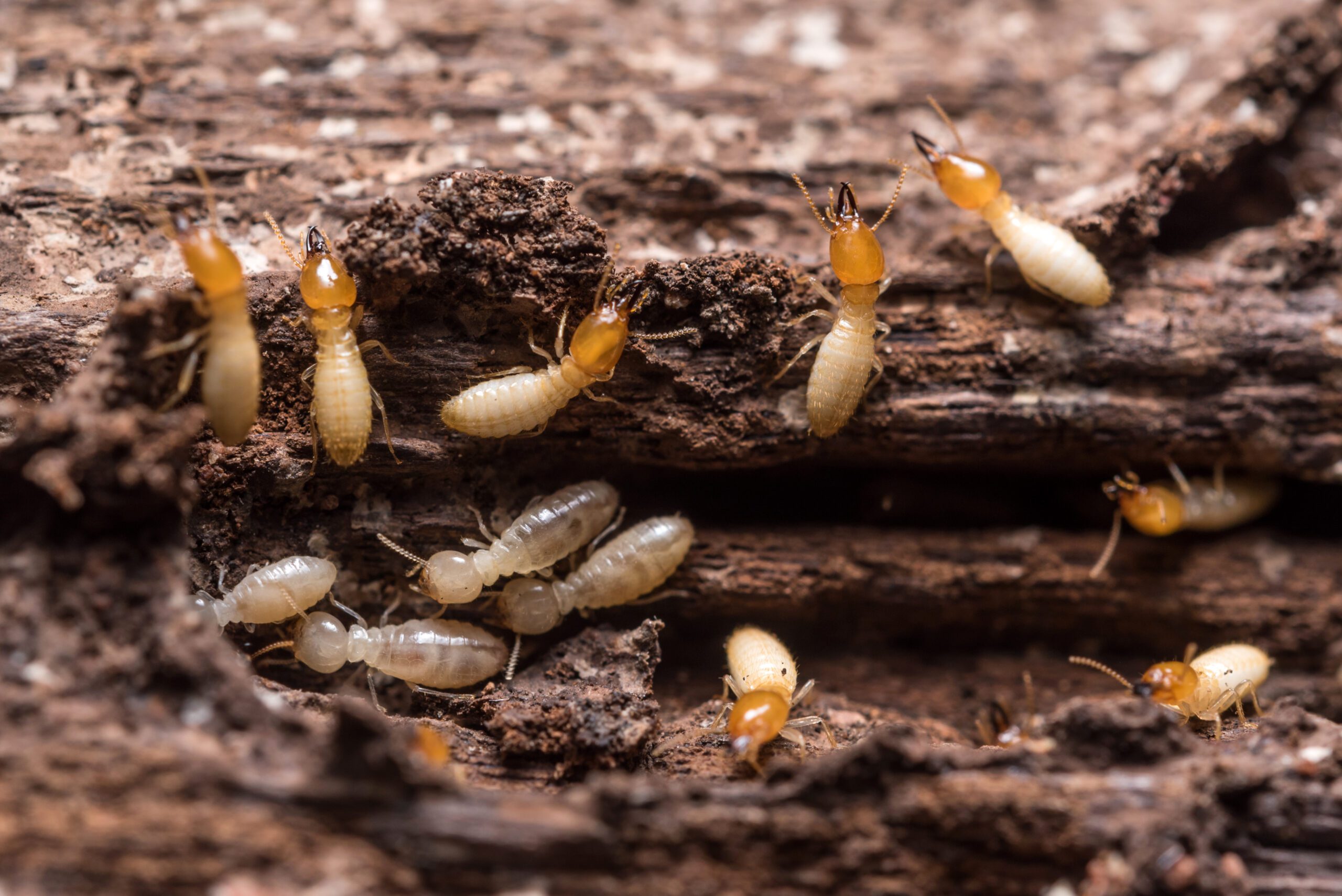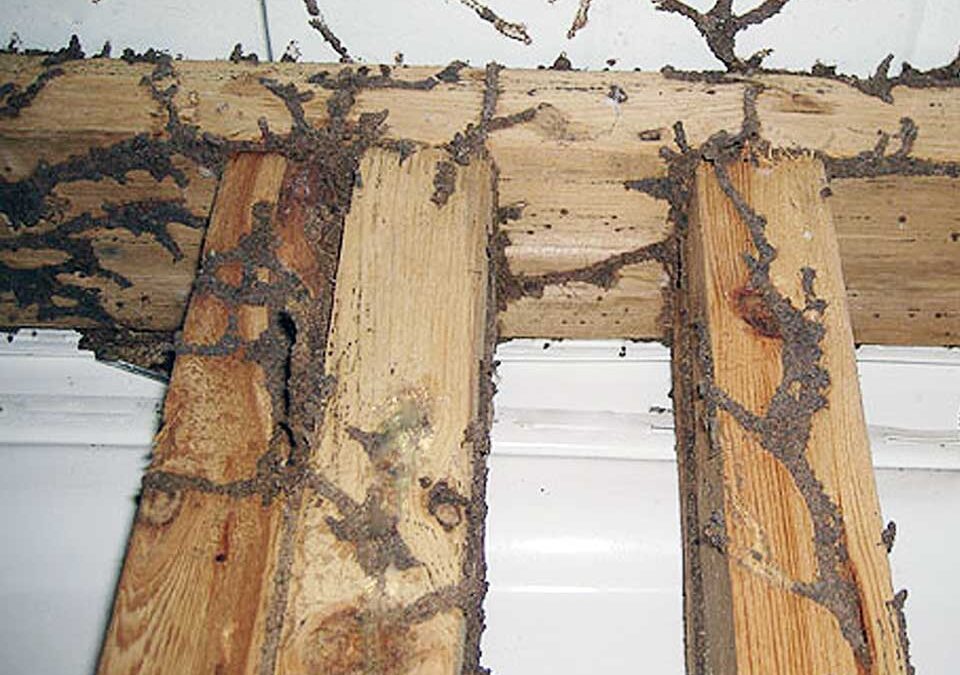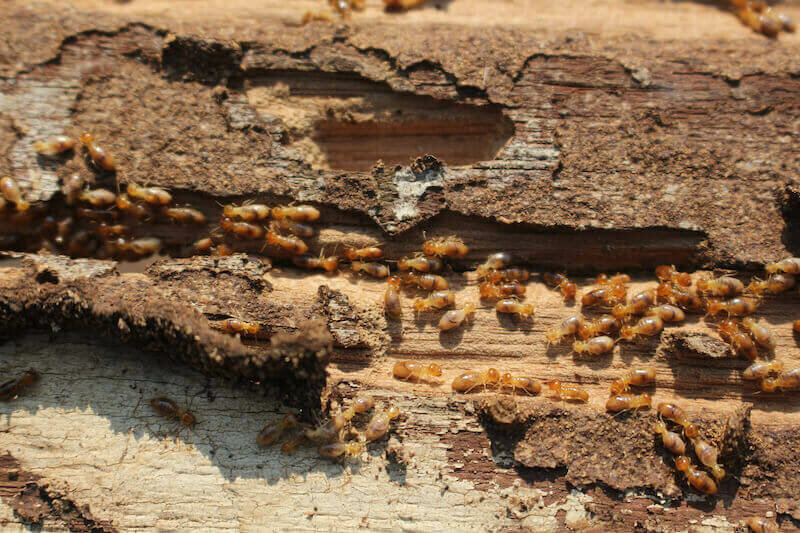Termite Treatments in Florida
Exterminator Services for Fort Lauderdale and Plantation
Florida’s subtropical environment—defined by mild winters, abundant warmth, and steady humidity—draws residents and visitors seeking year-round comfort, yet it also fosters certain pests, notably termites. These wood-consuming insects infiltrate wooden structures, devouring beams, floors, or decorative trim from within, often remaining concealed until occupant detection arrives too late. In Fort Lauderdale, along with the neighboring locale of Plantation, neglecting early termite indicators—such as mud tubes near foundations or discarded wings on windowsills—can lead to extensive hidden damage, occupant unease, and heightened repair costs if not addressed. This service page clarifies how termites thrive in Florida’s conditions, the red flags suggesting an infestation, and why engaging a professional termite exterminator for termite treatments is the surest way to shield your property from silent wood loss. By intervening promptly upon discovering suspicious droppings or hollow-sounding beams, you preserve structural integrity, occupant comfort, and long-term property value.
Why Termites Flourish in Florida

- Mild Winter Temperatures
In cooler states, freezing winters naturally diminish or halt termite breeding cycles. Florida’s winter seldom dips below freezing for prolonged spells, allowing termites to remain active year-round. Indoors, occupant heating or air conditioning preserves mild climates in the 65–85°F range termites prefer, removing seasonal constraints that might hinder them elsewhere. As a result, occupant vigilance or professional termite solutions stay crucial in Florida’s mild environment to avoid ongoing feeding behind walls or beneath floors. - Frequent Rain and Humidity
Termites—especially subterranean species—require moisture to survive. Florida’s regular rains and high humidity keep soils damp, enabling underground termite nests to expand without dryness stalling them. Leaky pipes, condensation under air conditioner lines, or under-sink drips can also maintain wood moisture, letting drywood or dampwood termites nest within rafters or wooden beams. Occupant dryness efforts—like venting crawl spaces—often hamper termite expansions if occupant or caretaker vigilance is high. - Minimal Seasonal Dormancy
In many northern regions, termites encounter partial dormancy or severely limited foraging during lengthy winter. Fort Lauderdale and Plantation experience no such enforced chill, letting termites breed almost ceaselessly if occupant or manager solutions fail to catch them. A small infiltration of subterranean or drywood termites can steadily grow unless occupant synergy or professional steps detect subtle signs—mud tubes, frass (termite droppings), or hollow-sounding wood—early. - Plentiful Wooden Structures
Florida construction commonly uses wood in framing, decorative trim, or support beams. Where soil meets wood or rotted timbers near foundations, subterranean termites exploit these contact points, tunneling up from the ground. Damp attics or minimal ventilation also invite dampwood or drywood termites. Even small cracks in siding can let swarmers slip inside. Absent occupant or caretaker checks, these termites quietly chew from within. - Frequent Movement of Items and People
Fort Lauderdale, known for tourism and occupant turnover, sees wooden crates, secondhand furniture, or occupant transitions that can unwittingly transport termite eggs or swarmers to new properties. A single termite-infested piece of wood—like used furniture—introduced indoors may launch a hidden colony behind walls if occupant scanning or staff detection remains partial.
Signs of a Termite Infestation
- Mud Tubes Along Foundations
Subterranean termites build narrow, earthen tunnels bridging their soil nests to wooden feeding sites. Spotting these mud tubes in crawl spaces, basement corners, or along walls strongly implies active foraging. Breaking a tube might reveal worker termites hurrying inside if the colony is still present. - Discarded Wings
When termite swarmers emerge to start new colonies, they often discard their wings around window sills, door frames, or near light fixtures. Piles of identical, translucent wings indoors confirm alates (winged termites) either found or are seeking a place to build. Occupant or caretaker discovering these wings indicates a mature colony close by. - Hollow or Damaged Wood
Termites generally consume wood from inside out, leaving a fragile outer shell. Tapping beams or floors that sound hollow warns of internal tunneling. Over time, compromised structural supports risk occupant safety or major repair bills if occupant detection arrives belatedly. - Frass or Pellets
Drywood termites eject six-sided fecal pellets (frass) resembling tiny grains of sand or sawdust. These piles accumulate below infested wooden items—like window sills or furniture. Subterranean termites do not leave grass outside tunnels; they typically produce mud tubes instead. Either sign indicates ongoing termite feeding. - Swarmer Sightings
Spotting small, flying termites indoors around warmer months or post-rain signifies a mature colony seeking new nest locations. Occupant or caretaker typically notices them clustering near indoor lights. Immediate occupant or professional action halts new colonies from establishing across multiple rooms or floors.
Consequences of Overlooking Termites
- Structural Damage
Unnoticed termite foraging can hollow out beams, subflooring, or support columns. Floors may sag, walls split, or doors misalign. Major repairs—like replacing integral wooden components—become inevitable if occupant or caretaker solutions lag beyond early detection. - Rising Repair Bills
The longer termites remain, the more internal wood they devour. Minimal occupant or caretaker steps ignoring mud tubes or droppings might enable widespread destruction, demanding extensive reconstruction or wood replacements that strain occupant budgets and occupant morale. - Occupant Unease
Families or staff may feel stressed about hidden insects chewing unseen. Some might worry about potential structural failures or face repeated costs if the occupant or caretaker tries partial treatments. Thorough occupant or professional eradication lifts these anxieties, letting occupants trust their building’s stability.
Property Value Impact
In real estate transactions, termite history or active infestation can deter buyers or force occupant to negotiate lower prices. Having documented occupant dryness improvements plus proven termite solutions—like fumigation or soil barriers—helps preserve property value in a region where termites thrive year-round.

Why a Professional Exterminator is Indispensable
- Comprehensive Inspection
A termite exterminator examines crawl spaces, attics, foundations, or suspicious wooden elements for mud tubes, pellets, or internal galleries. Verifying whether occupant property hosts subterranean or drywood termites clarifies whether occupant or staff should emphasize soil barriers, localized injections, or fumigation for thorough coverage. - Total Colony Elimination
Termites nest behind walls, within wooden beams, or underground. Over-the-counter sprays might kill surface workers but spare queens, brood, and deeper nest segments. Professionals ensure entire colonies— including unhatched eggs—meet lethal conditions. This approach prevents partial success overshadowed by leftover termite pockets soon reviving. - Targeted Termiticides
Inexpert usage of sprays or baits might produce occupant chemical overexposure without guaranteeing nest collapse. Exterminators position termiticides carefully—like in perimeter trenches, drilled holes, or direct wood injections—ensuring lethal contact. Occupants typically face minimal downtime, returning quickly once solutions settle or dryness is confirmed. - Moisture and Structural Advice
Florida’s climate fosters dampness that sustains termites. Professionals recommend occupant dryness efforts—like re-routing AC condensate, venting crawl spaces, or sealing leaks—starving termite expansions. Removing direct soil-to-wood contact or replacing rotted beams also deny them easy feeding paths. - Follow-Up Checks
Because termite queens can lay eggs continuously, occupant or professional re-checks verify no pockets survive post-treatment. If occupant sightings—like fresh mud tubes or new swarmers—linger, advanced or repeated treatments finalize occupant comfort, ensuring no hidden segment remains behind.
Methods for Termite Treatments
- Soil Barrier Applications
Subterranean termites typically come from soil nests. Exterminators dig shallow trenches around building perimeters, injecting liquid termiticide to form a barrier. This chemical kills termites traveling from soil to structural wood. Drilling small holes along slabs or patios allows for under-concrete treatments as needed. - Bait Stations
Slow-acting baits near property edges lure worker termites. They ingest the toxin and share it with nest mates, eventually destroying entire colonies. Occupant or caretaker checks the stations periodically, replenishing bait until colony activity vanishes. - Drywood Termite Solutions
Drywood termites feed directly in wooden beams or furniture, not requiring soil contact. Localized foam injections or heat can handle smaller pockets. If an occupant or caretaker sees multiple rooms with frass or pinholes, whole-structure fumigation may be needed, saturating walls and attics with lethal gas. Occupants temporarily vacate, returning once the structure is aired. - Spot Treatments
In limited infestations—like a single piece of termite-affected furniture—exterminators inject specialized termiticides or apply localized heat. Occupants also must fix moisture sources or remove rotted wood that drew termites in the first place. - Moisture Control
Ensuring dryness—fixing roof leaks, re-venting crawl spaces, or sealing foundation lines—helps occupant hamper termite expansions. Without damp wood, many termite species fail to thrive. Replacing rotted wood also denies easy feeding grounds.
Serving Fort Lauderdale and Plantation
Fort Lauderdale: Known for beaches, tourism, and occupant or commercial transitions. Termites can arrive if occupant dryness or housekeeping efforts remain incomplete. Quick occupant detection—like noticing discarded wings on windowsills—plus an integrated approach halts expansions behind walls or in multi-floor residences.
Plantation: A suburban setting bridging older and newer homes. If occupant or caretaker leaves rotted wood or direct soil-wood contact near foundations, subterranean termites might exploit these entry points. occupant synergy—like re-caulking cracks or discarding water-damaged beams—plus robust termite solutions ensures stable, termite-free supports.

Why Our Termite Treatments Excel
- Florida-Focused Strategies
Because southwestern Florida’s mild winters rarely slow termite breeding, occupant synergy—like dryness upgrades or rotted wood removal—and powerful termite solutions—like soil barriers or fumigation—target entire colonies, halting silent chewing behind walls or attic rafters effectively. - Precision and Minimal Disruption
We position termiticides or baits exactly where termites travel or nest, usually letting occupants remain onsite with minimal routine interruptions. Occupants typically wait until dryness if certain products require it, swiftly resuming normal usage once solutions settle and occupant comfort is maintained. - Whole-Colony Destruction
Our approach tackles queens, brood, and unhatched eggs, not just worker termites. Occupants gain lasting relief instead of partial successes overshadowed by leftover pockets soon re-expanding. We confirm occupant or caretaker dryness measures that hamper new termite infiltration. - Follow-Up Verification
Because queen termites can produce eggs continuously, occupant or caretaker re-checks confirm no hidden corners remain infested. If occupant discoveries—like fresh droppings or mud tubes—reoccur, additional spot treatments finalize occupant peace, guaranteeing no hidden pockets remain behind furniture or inside walls.
Next Steps
Seeing mud tubes along foundations, discovering pellet-like droppings near window sills, or noticing hollow-sounding wood when tapped? Contact us to learn more or schedule your service. Our termite exterminator solutions in Fort Lauderdale and Plantation thoroughly confront termites at every stage—destroying queens, eradicating broods, and ensuring no hidden nest escapes detection. Swift occupant action upon suspicious droppings or hearing about termite swarmers forestalls deep structural harm, occupant distress, and significant repair expenses.
Using proven tactics—like soil barrier installations for subterranean termites, fumigation for widespread drywood infestations, or localized injections for smaller pockets—property owners protect beams, floors, and decorative trim from silent consumption under Florida’s mild environment. Occupant synergy—like dryness improvements, re-sealing cracks, or discarding rotted wood—further denies termites the moisture and wood contact they rely on for expansions. Freed from clandestine wood-eating pests, southwestern Florida occupants can fully embrace the region’s coastal living, mild winter, and daily routines, confident their structures remain secure.
Sustaining a Termite-Free Setting
- Eliminate Moisture: Repair dripping pipes, re-vent crawl spaces, or fix roof leaks promptly. Termites thrive in damp conditions— occupant dryness solutions hamper their nesting.
- Maintain Soil-Wood Separation: Keep wooden beams or siding at least 18 inches above soil. Removing direct contact cuts off subterranean termite highways from ground to wood.
- Check for Rot: Replacing water-damaged or decaying wood denies termites easy feeding. Damp, rotted beams are prime targets.
- Inspect After Storms: Heavy rain or flooding may push termites to higher ground if occupant dryness or foundation sealing are incomplete. Occasional occupant checks around foundations post-storm detect any new mud tubes or droppings.
- Routine Monitoring: Glance around baseboards, attic rafters, or beneath sinks every few months for signs of termites. Early occupant detection—like discovering wings or droppings—ensures minor issues stay manageable before occupant stress and structural repairs multiply.
By blending occupant vigilance—like dryness measures, removing rotted wood, or re-checking cracks—and specialized termite treatments—like targeted insecticides or baits—homeowners or commercial managers keep southwestern Florida structures safe from silent wood-consuming pests. Despite mild winters allowing near-constant breeding, occupant synergy plus robust chemical or fumigation approaches corner termite colonies, preserving occupant peace, property integrity, and day-to-day comfort for families or employees in Fort Lauderdale and Plantation.
